- Joined
- Aug 15, 2000
- Messages
- 19,233
I asked Andrey to re-open this 2004 thread and move it across into the new Research forum section.
Bruce wrote and published this relevant article in 2006
https://www.pricescope.com/journal/fractioning_color_gem/
The long and short of this old discussion is that when it comes to fire it does depend if the light is exting the stone close to the critical angle.
But in some movies I was making last week I noticed strong flashes from the table of a deep diamond shown here.
This stone is 90 degrees to camera, so there is no dispersion on exit.
I checked to see the red was not caused by light entering the pavilion.
I then experimented by blocking the light and got to the area shown in yellow - but bumped the stone before a final location.
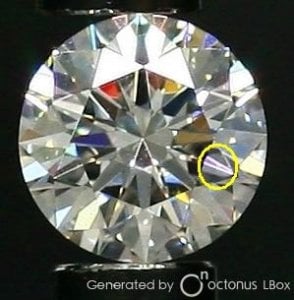
Bruce wrote and published this relevant article in 2006
https://www.pricescope.com/journal/fractioning_color_gem/
The long and short of this old discussion is that when it comes to fire it does depend if the light is exting the stone close to the critical angle.
But in some movies I was making last week I noticed strong flashes from the table of a deep diamond shown here.
This stone is 90 degrees to camera, so there is no dispersion on exit.
I checked to see the red was not caused by light entering the pavilion.
I then experimented by blocking the light and got to the area shown in yellow - but bumped the stone before a final location.


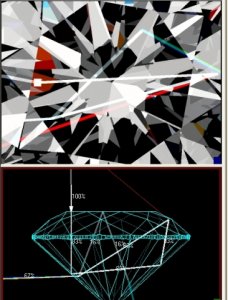
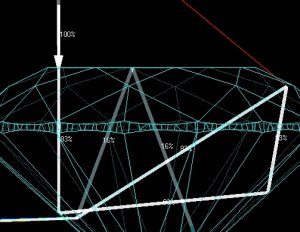
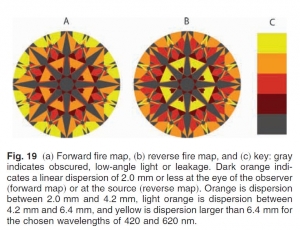
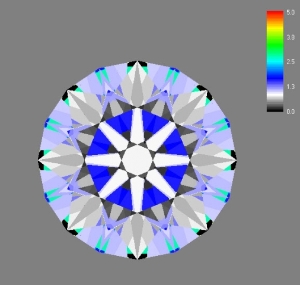
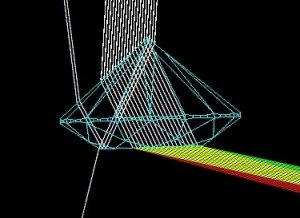
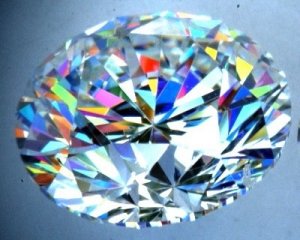
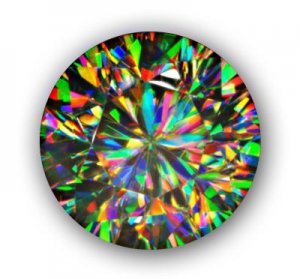
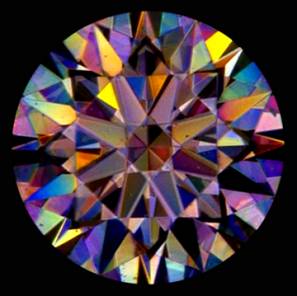
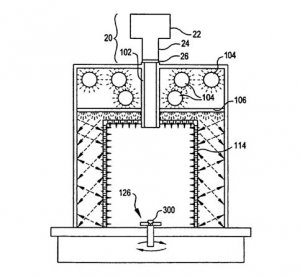
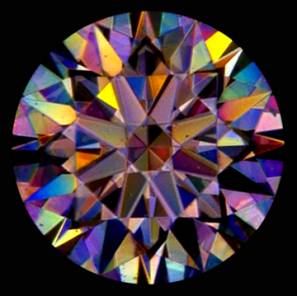
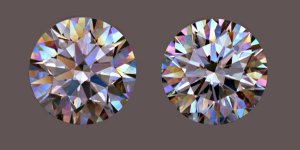
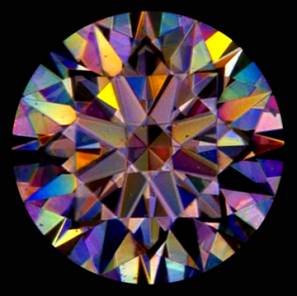
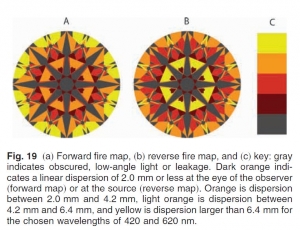
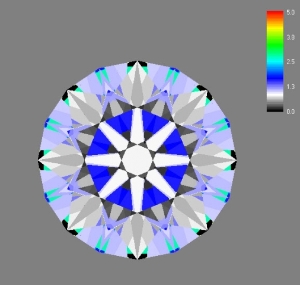
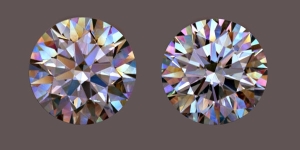
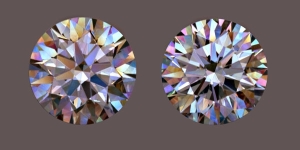

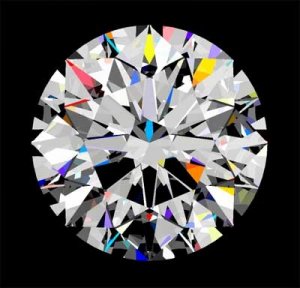
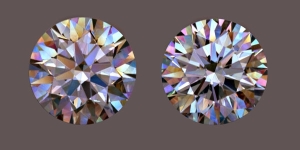
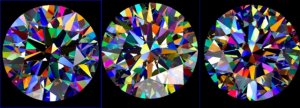
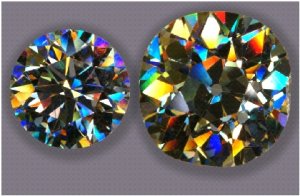


300x240.png)